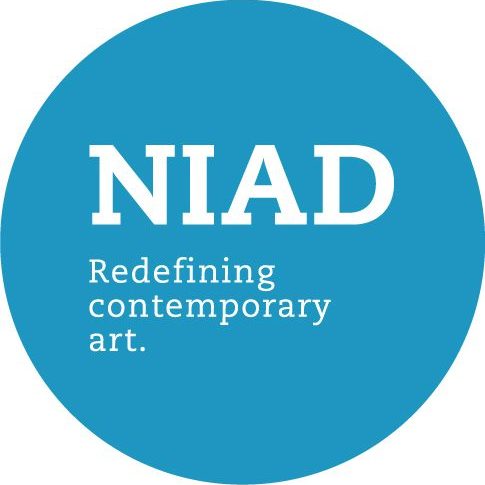About the exhibition
Henri Matisse painted Luxe, calme, et volupté more than a hundred years ago. Today, the vibrantly coloured Fauvist painting keeps instilling a sense of warmth and repose. Luxury, peace and pleasure indeed.
At the moment, many of us may not be feeling at ease. To state the obvious, there’s an unfinished pandemic and a war raging once again in Europe. These are difficult times and many futures seem possible. Times are trying. Change and anxiety cannot be avoided.
Very often, the extra toiling accumulates upon the female and/or racialized body. Labor and care, both physical and emotional, are often taken for granted or made invisible if not responded with increasingly numerous incidents of domestic violence and abuse. Black History Month 2022 had just passed, but this is no reason not to continue raising awareness about health and wellness. An instagram account that I follow, The Nap Ministry (@thenapministry), claims aptly that rest is a form of resistance and reparations. I would heartily agree.
In making this selection of artworks both by NIAD artists and three young international women artists, I hope to showcase different perspectives on how the racialized female body is perceived in varying contexts, and subsequently, what kind of reclamation is possible.
Taiwanese artist Wei Ze’s seemingly detached and antiseptic images of cell cultures are not so innocent, as the voice would tell. The immortal cancer cells of Henrietta Lacks, an African-American woman, lives on despite the demise of its unknowing host. Today, HeLa cells continue to populate labs around the world. Are they trying to say something despite the petri dish barrier?
Mayuri Chari hails from Goa, India where the Portuguese remained until the 1970s. In Chari’s village, the Mediterranean tradition for girls of preparing a marriage trousseau of embroidered lace and cloth remains. In the artist’s hands, this textile based art form becomes a modern and potent form to speak against sexist and caste discrimination and speaks to encourage young women to seek a better future.
What is then reconciliation and rest? South African artist Khanysile Mawhayi draws attention to the female body. Both the cyanotype and pastel works are delicate and in a way ephemeral, as the indigo fades with light and the pastel colors are never fully fixed. Mawhayi calls to family, memory and customs to recreate a reference frame of belonging.
I hope to bring these talented artists’ works into conversation with each other and with artworks from the NIAD Art Center. In these uncertain and interesting times, art nevertheless remains a way by which one may seek and reflect on current conditions and peace of mind.
About the organizer
Lou Mo is a curator based in Taipei. She is invited curator of the 14th Dakar Biennale and interested in investigating current issues related to themes such as diaspora, identity, and perception through contemporary art, especially in regions previously considered as non-centres. She has experience working in museums, auction and art galleries in North America, Europe and Asia and writes for publications such as e-flux and Ocula.
Artists in the Exhibition
Gail Lewis
Raven Harper
Sylvia Fragoso
Susan Wise
Dorian Reid
Carlota Rodriguez
Maria Radilla
Serena Scott
Sara Malpass
Halisi Noel-Johnson
Wei Ze
Khanysile Mawhayi
Mayuri Chari
